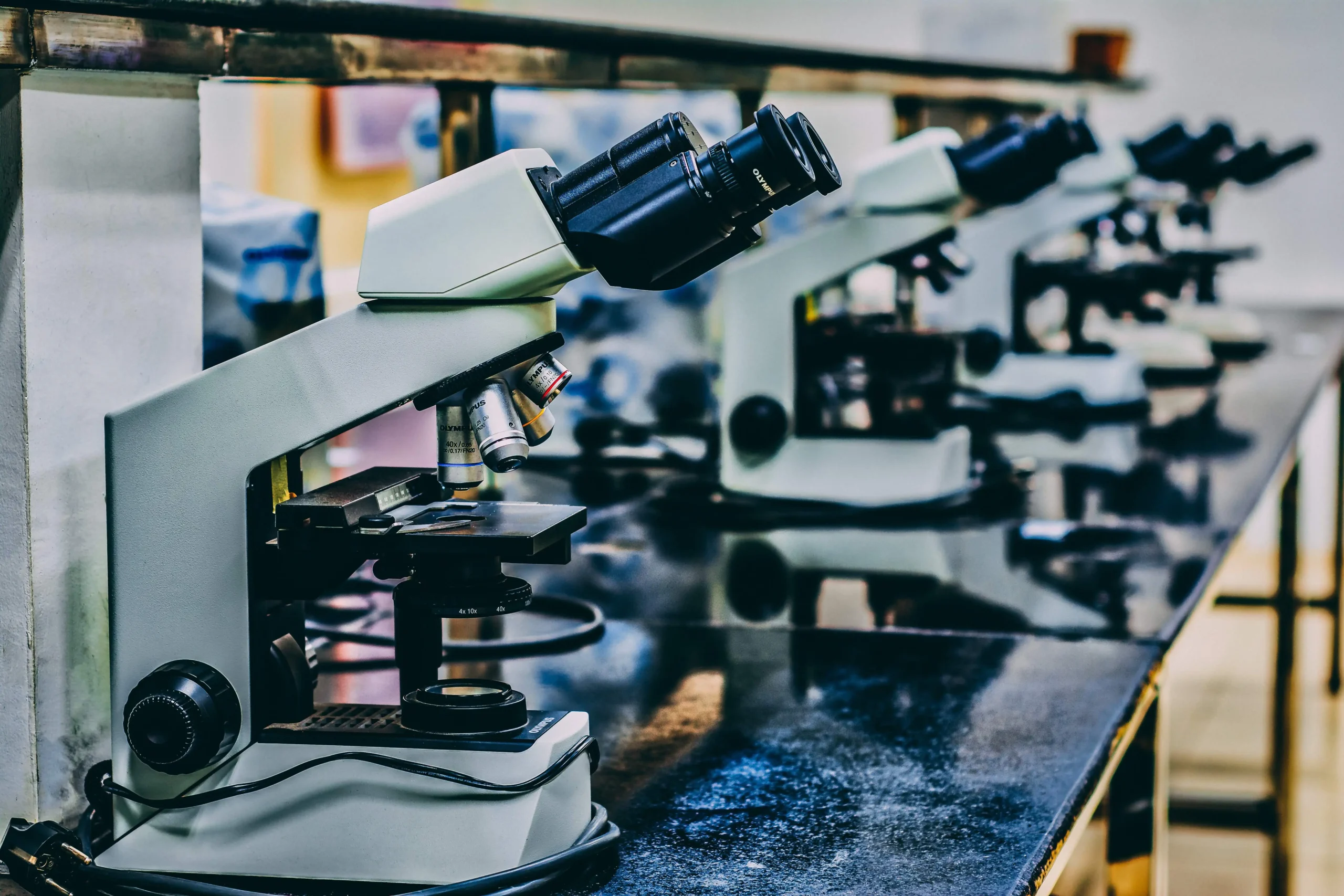Host organisation: Keele University, UK
Project title: Do insecticide resistance genes of mosquito carries fitness costs in terms of male reproductive success and survival?
Dr Seynabou Sougoufara was awarded her PhD in 2015 for work on key features of the Anopheles mosquitoes (vectors) that transmit malaria between people in a Senegalese village setting, in particular vector dynamics and genetic structure of mosquito population.
“Malaria transmission has declined considerably in the world and in Africa, where 90% of deaths from malaria occurred,” says Dr Sougoufara. “This reduction is due to several control strategies, particularly programmes that use mainly insecticide-treated bed nets and indoor residual spraying.”
AREF Fellowship research project:
Mosquitoes that become resistant to the insecticides pose a huge threat to malaria elimination. They can become resistant in several ways, including target site insensitivity and/or metabolic detoxification of insecticides. However, these mechanisms can exact a cost on the mosquito, such that resistant mosquitoes may be disadvantaged when compared to their insecticide-sensitive counterparts.
Through her AREF Fellowship, Dr Sougoufara developed a project to find out whether having insecticide resistance mechanisms carries fitness costs in terms of male reproductive success and survival.
Dr Sougoufara says, “I contacted Professor Tripet, my AREF Fellowship sponsor at Keel University, after he gave an interesting presentation at the University of Dakar on how genetics and environment affect mating in Anopheles gambiae populations.”
She used her AREF fellowship to tap into his great expertise in molecular ecology, ecological genomics, population genetics and behavior.
“That will enable me to design a robust project on mosquito mating behaviour in the context of increased insecticide resistance. In turn this work has the potential to contribute to more effective strategies for controlling malaria mosquitoes.”



